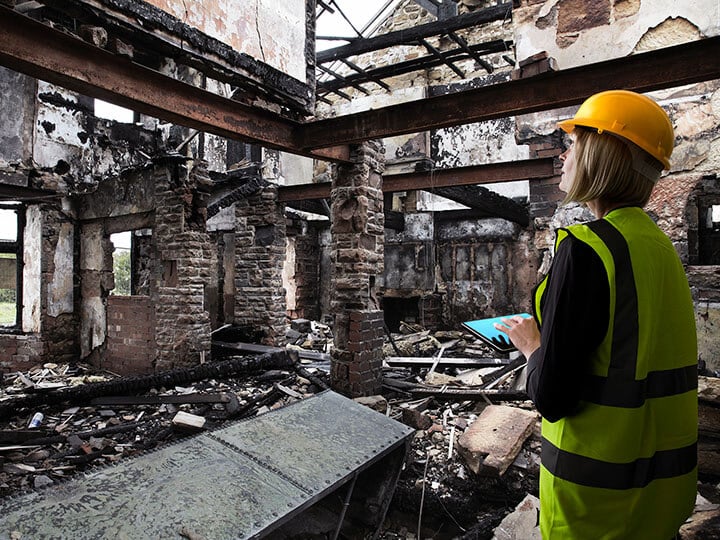CAN/ULC S101: Standard Methods of Fire Endurance Tests of Building Construction Materials
Standard: CAN/ULC S101 – Standard Methods of Fire Endurance Tests of Building Construction Materials
Scope: These test methods are intended to evaluate the duration for which types of building elements contain a fire, retain their structural integrity, or exhibit both properties during a predetermined furnace test exposure. The test exposes a test specimen to a standard fire controlled to achieve specified temperatures throughout a specified time period. When required, usually for wall assemblies, the fire exposure is followed by the application of a specified standard fire hose stream exposure. The test provides a relative measure of the fire-test-response of comparable building elements under these fire exposure conditions.
Applicable Products: Assemblies of masonry units and composite assemblies of structural materials for buildings, including loadbearing and other walls and partitions, columns, girders, beams, slabs, and composite slab and beam assemblies for floors and roofs. Also applicable to other assemblies and structural units that constitute permanent integral parts of a finished building.
Test Procedure: The test specimen representative of the construction that the test is intended to assess, is assembled and installed abutting or on top of the appropriate test furnace. Test instrumentation will vary based on the nature of the sample under test and will usually include unexposed side thermocouples and/or thermocouples internal to the test assembly to monitor critical features. Depending on the testing requirements and sample type, external uniform loading may be applied to the sample for the duration of the test. The furnace is operated to expose the sample to the prescribed time temperature curve for the desired period of exposure, or until the applicable criteria have been exceeded. For most vertical assemblies, a standard fire hose water stream exposure is required and may be conducted on a duplicate sample.
End Result: Performance is defined as the period of resistance to standard exposure elapsing before the first critical point in behavior is observed. These critical points may include temperature rise, projection of flames or hot gases, failure to maintain applied load, etc. Results are reported in units in which field exposures can be judged and expressed. The test methods may be cited as the “Standard Fire Tests,” and the performance or exposure shall be expressed as “2-h,” “6-h,” “1⁄2-h,” etc. A comprehensive test report will be issued at the end of the conclusion of testing. If certification is chosen, the Listing Report and application Design Listings will be created and published following successful testing. Both the test report and Design Listings will include the achieved Fire Resistance Rating.
Intertek Testing Locations: Coquitlam, BC (vertical assembly only), Elmendorf, TX
You may be interested in...

